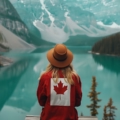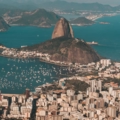Kathmandu, the vibrant capital of Nepal, stands as one of the world’s most fascinating cultural destinations. Nestled in the heart of the Kathmandu Valley and surrounded by the majestic Himalayas, this ancient city offers an extraordinary blend of spiritual heritage, architectural marvels, and authentic Nepalese culture. With its rich history spanning over 2,000 years, Kathmandu serves as the perfect gateway to understanding Nepal’s diverse traditions and timeless beauty.
UNESCO World Heritage Sites – The Crown Jewels of Kathmandu
Kathmandu Durbar Square – The Royal Palace Complex
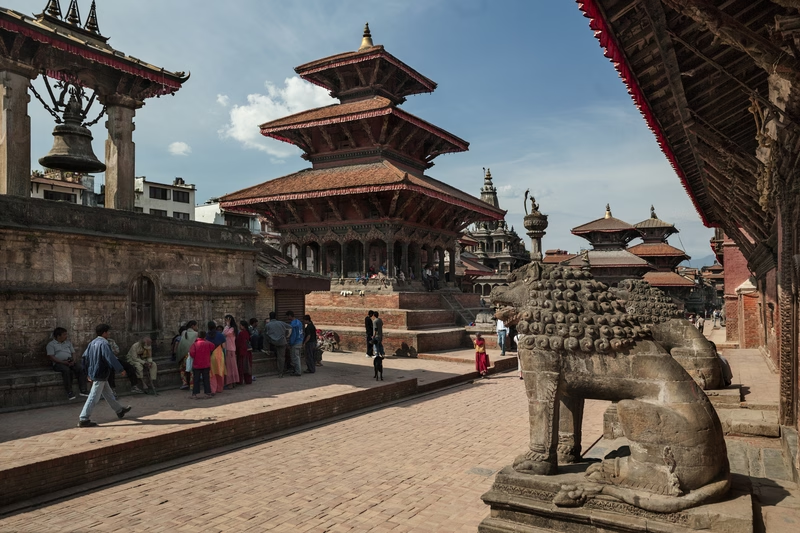
Kathmandu Durbar Square is one of the three Durbar (royal palace) Squares in the Kathmandu Valley that are UNESCO World Heritage Sites. This magnificent complex showcases the architectural brilliance of the Malla and Shah dynasties that once ruled Nepal. The square houses numerous temples, palaces, and courtyards, each telling a unique story of Nepal’s royal heritage.
The Hanuman Dhoka Palace, the ancient royal residence, stands as the centerpiece of the square. Visitors can explore the Tribhuvan Museum, which displays royal artifacts and provides insights into Nepal’s monarchy. The square also features the intricately carved Taleju Temple, dedicated to the royal goddess, and the Kumari Ghar, home to the living goddess Kumari.
Pashupatinath Temple – The Sacred Hindu Shrine
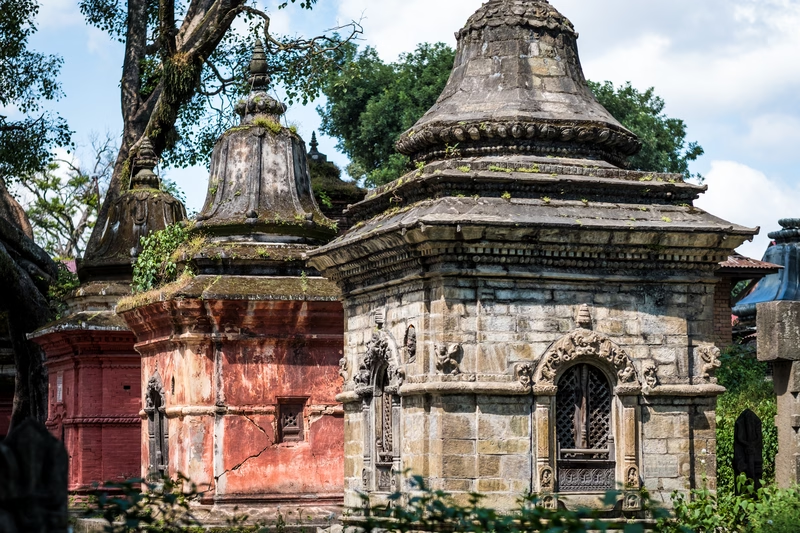
The Pashupatinath Temple is considered one of the holiest places for the Hindus. It is located 6 km east of Kathmandu. This sacred complex dedicated to Lord Shiva attracts pilgrims from across South Asia and offers visitors a profound spiritual experience. The temple’s distinctive pagoda-style architecture and golden rooftop make it one of Nepal’s most recognizable religious landmarks.
The temple complex spans both sides of the sacred Bagmati River, where Hindu cremation ceremonies take place daily. While only Hindus are allowed inside the main temple, visitors can observe the rituals from the opposite bank and explore the numerous smaller temples and ashrams throughout the complex.
Boudhanath Stupa – The Buddhist Marvel
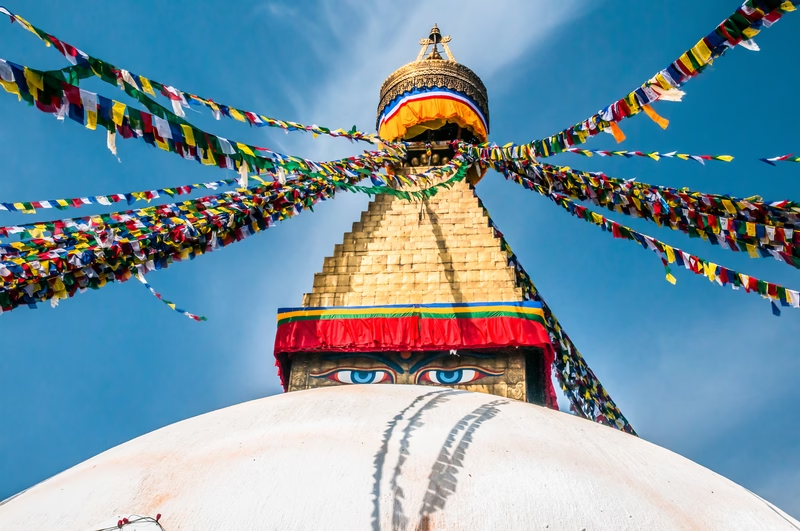
The Boudhanath Stupa in Kathmandu is a significant place in Buddhism and architecture, both. Located on an ancient trade route that entered Kathmandu from Tibet. This massive stupa, one of the largest in the world, represents the heart of Tibetan Buddhism in Nepal and serves as a focal point for the Tibetan refugee community.
The stupa’s distinctive white dome and golden spire create a mesmerizing sight, particularly during sunset when the structure glows against the backdrop of the Himalayas. Visitors can join pilgrims in walking clockwise around the stupa while spinning prayer wheels, creating a meditative experience that connects them with centuries of Buddhist tradition.
Cultural and Historical Attractions
Swayambhunath Stupa – The Monkey Temple
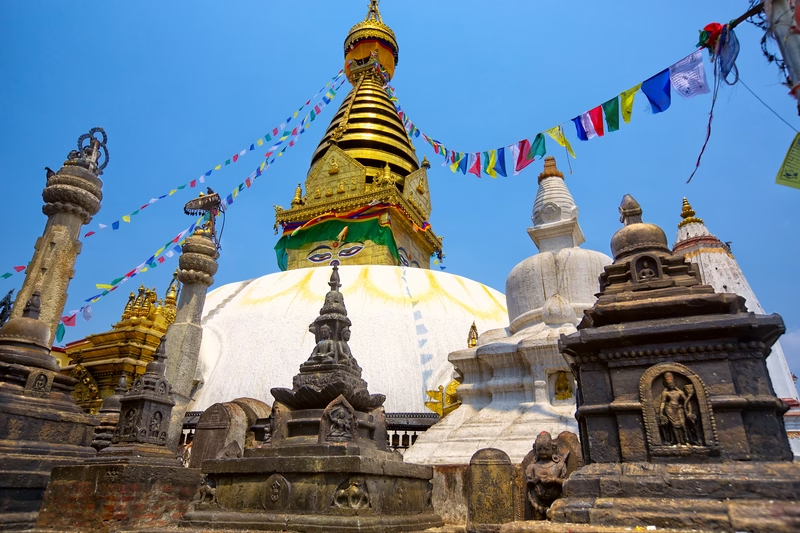
Perched atop a hill overlooking the Kathmandu Valley, Swayambhunath Stupa offers both spiritual significance and panoramic views of the city. Known locally as the “Monkey Temple” due to the numerous monkeys that inhabit the area, this ancient stupa is believed to be over 2,000 years old.
The climb to the top involves ascending 365 stone steps, but the reward includes breathtaking views of the valley and the opportunity to experience one of Nepal’s most sacred Buddhist sites. The complex features numerous shrines, monasteries, and prayer flags that create a colorful and spiritual atmosphere.
Thamel – The Tourist Hub
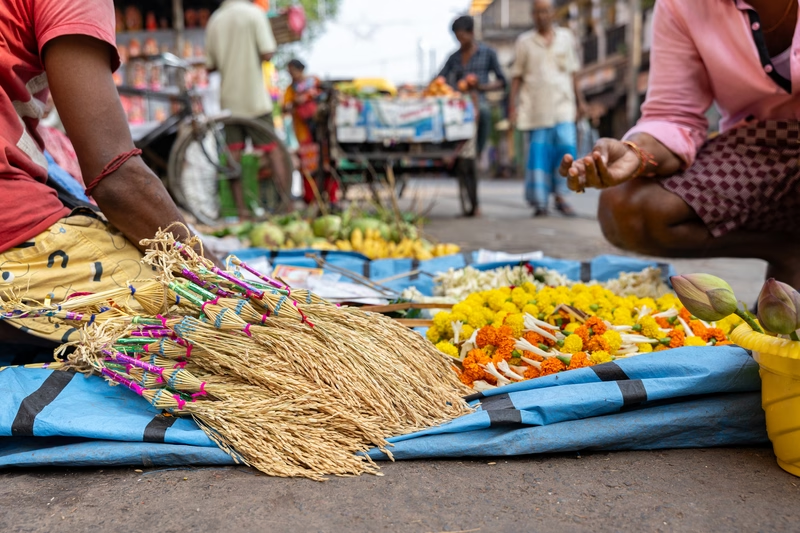
Thamel serves as Kathmandu’s primary tourist district, offering a vibrant mix of shops, restaurants, and accommodations. This bustling neighborhood provides everything from traditional Nepalese handicrafts to modern trekking gear, making it an essential stop for visitors.
The narrow streets of Thamel come alive with the sounds of traditional music, the aroma of authentic Nepalese cuisine, and the colorful displays of local artwork. Visitors can find everything from handwoven textiles and singing bowls to prayer flags and traditional masks.
Museums and Cultural Centers
National Museum of Nepal

The National Museum provides comprehensive insights into Nepal’s rich history, culture, and natural heritage. The museum’s collection includes ancient artifacts, traditional weapons, religious sculptures, and ethnographic displays that showcase the diversity of Nepal’s various ethnic groups.
The museum’s art gallery features traditional Nepalese paintings, sculptures, and manuscripts that demonstrate the country’s artistic evolution over centuries. The natural history section displays specimens of Nepal’s diverse flora and fauna, including some rare Himalayan species.
Changunarayan Temple – The Ancient Marvel
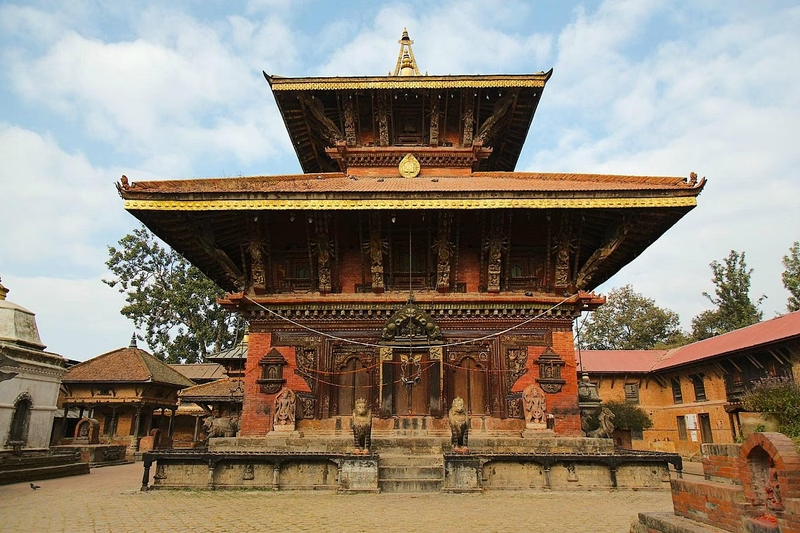
Changunarayan temple stands as the oldest temple in the Kathmandu Valley, dating back to the 4th century. This UNESCO World Heritage Site showcases some of the finest examples of Nepalese wood carving and stone sculpture.
The temple complex features intricate carvings depicting various Hindu deities and mythological scenes. The craftsmanship displayed in the wooden struts, metal sculptures, and stone carvings represents the pinnacle of traditional Nepalese artistry.
Natural Attractions and Outdoor Activities
Shivapuri Nagarjun National Park
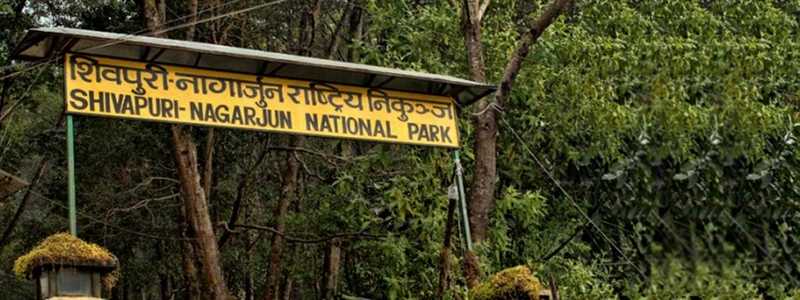
Shivapuri Nagarjun National Park offers a perfect escape from the city’s hustle and bustle. This protected area provides excellent hiking opportunities with trails leading through dense forests to viewpoints offering spectacular Himalayan vistas.
The park is home to diverse wildlife, including leopards, black bears, and over 300 bird species. The hiking trails range from easy walks suitable for families to challenging treks for experienced hikers. The park’s highest point, Shivapuri Peak, provides panoramic views of the entire Kathmandu Valley and the surrounding mountain ranges.
Garden of Dreams – The Neoclassical Oasis
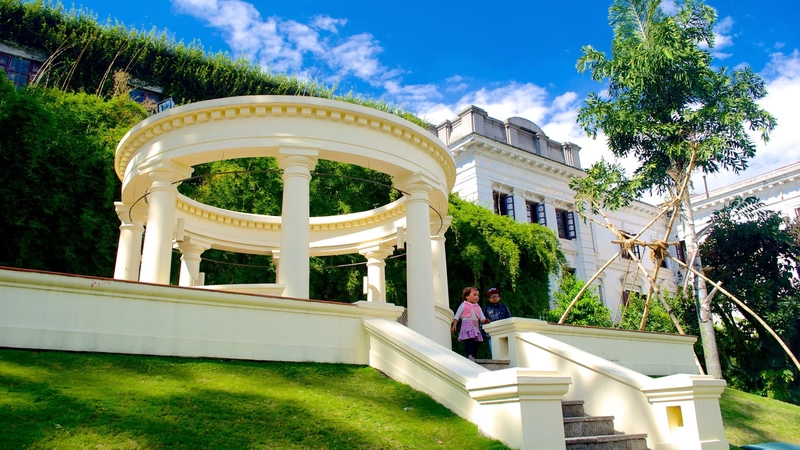
The Garden of Dreams, also known as Swapna Bagaicha, represents a beautifully restored neoclassical garden in the heart of Kathmandu. This peaceful oasis features pavilions, ponds, and manicured gardens that provide a tranquil escape from the city’s chaos.
The garden’s design incorporates European-style architecture with traditional Nepalese elements, creating a unique atmosphere perfect for relaxation and reflection. The on-site café offers a pleasant setting for enjoying refreshments while surrounded by beautiful landscaping.
Nearby Attractions Within the Valley
Bhaktapur – The Medieval City
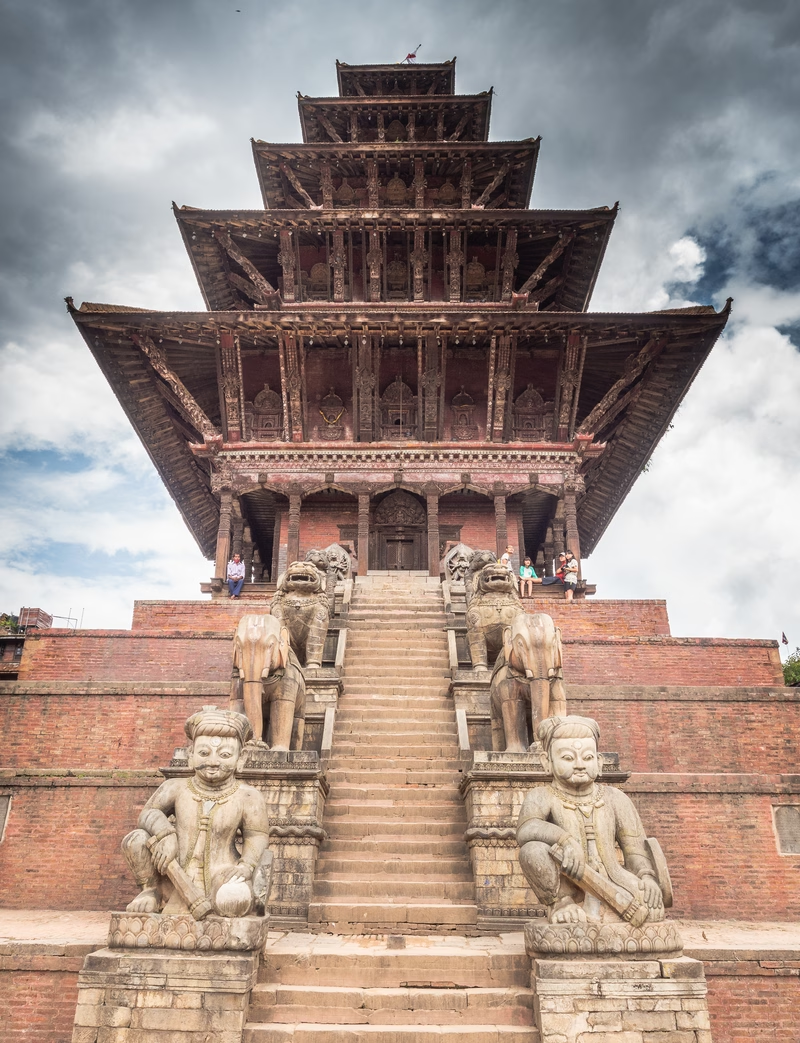
Bhaktapur Durbar Square, Dattatraya Temple, Bhairavnath Temple and Doleshwar Mahadev Temple represent some of the finest examples of medieval Nepalese architecture. This ancient city, also known as Bhadgaon, preserves the traditional way of life and showcases extraordinary craftsmanship in wood, metal, and stone.
The city’s narrow cobblestone streets, traditional brick houses, and numerous temples create an authentic medieval atmosphere. Visitors can observe traditional pottery making, wood carving, and other handicrafts that have been passed down through generations.
Patan – The City of Fine Arts

Patan, also known as Lalitpur, represents the artistic heart of the Kathmandu Valley. The city’s Durbar Square features an impressive collection of temples, palaces, and courtyards that demonstrate the pinnacle of Newar architecture and craftsmanship.
The Patan Museum, housed in a restored palace, displays one of the finest collections of traditional Nepalese art. The museum’s exhibits include bronze sculptures, traditional paintings, and religious artifacts that provide deep insights into Nepal’s artistic heritage.
Spiritual and Religious Experiences
Dakshinkali Temple
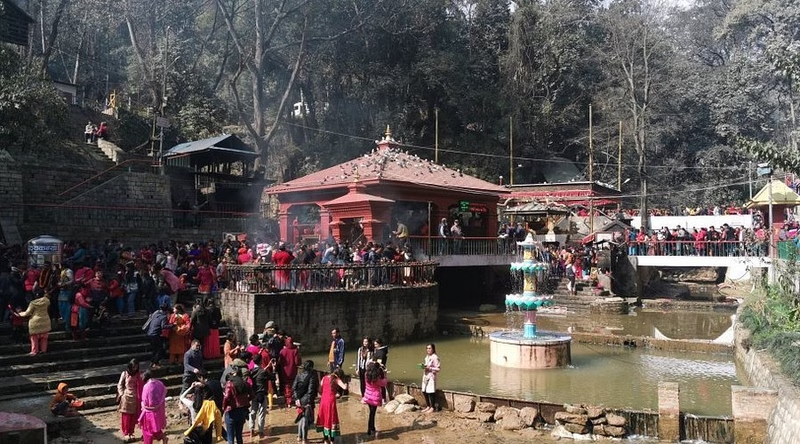
Located about 22 kilometers south of Kathmandu, Dakshinkali Temple is dedicated to the goddess Kali and attracts thousands of devotees, particularly on Tuesdays and Saturdays. The temple’s location in a lush valley surrounded by hills creates a mystical atmosphere that enhances the spiritual experience.
The journey to the temple involves a scenic drive through terraced fields and traditional villages, offering glimpses of rural Nepalese life. The temple complex features numerous shrines and offers visitors the opportunity to observe traditional Hindu rituals and ceremonies.
Budhanilkantha Temple
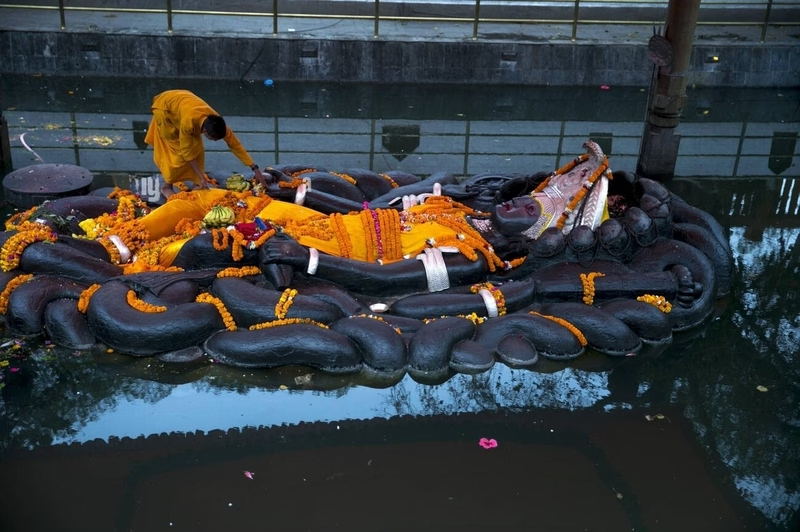
The Budhanilkantha Temple houses a magnificent reclining statue of Lord Vishnu, carved from a single piece of black stone. This 1,000-year-old sculpture, measuring 5 meters in length, depicts Vishnu lying on the coils of the cosmic serpent Ananta.
The temple’s peaceful setting, surrounded by hills and forests, provides a serene environment for contemplation and prayer. The annual festival of Haribodhini Ekadashi attracts thousands of pilgrims who come to pay homage to the sleeping Vishnu.
Adventure and Outdoor Activities
Nagarkot – The Hill Station
Nagarkot, located about 32 kilometers east of Kathmandu, offers spectacular sunrise and sunset views over the Himalayas. On clear days, visitors can see several peaks including Mount Everest, making it a popular destination for photography enthusiasts and nature lovers.
The hill station provides numerous hiking trails that wind through pine forests and traditional villages. The cool mountain air and peaceful environment make Nagarkot an ideal retreat from Kathmandu’s urban environment.
Helicopter Tours
For those seeking an extraordinary perspective of the Himalayas, helicopter tours departing from Kathmandu offer unparalleled views of the world’s highest peaks. These tours provide opportunities to see Mount Everest, Annapurna, and other legendary mountains from a unique vantage point.
Various tour operators offer different packages, from short flights over the Kathmandu Valley to extended tours that include landings at Everest Base Camp. These experiences provide once-in-a-lifetime opportunities to witness the majesty of the Himalayas.
Practical Information for Visitors
Best Time to Visit
Kathmandu enjoys a subtropical highland climate with distinct seasons. The best time to visit is during autumn (September to November) when the weather is clear and stable, offering excellent mountain views. Spring (March to May) is also favorable, with mild temperatures and blooming rhododendrons.
Winter months (December to February) can be cold but offer clear skies and fewer crowds. The monsoon season (June to August) brings heavy rainfall but also lush greenery and fewer tourists.
Getting Around
Kathmandu offers various transportation options including taxis, rickshaws, and local buses. For exploring the city center and major attractions, walking is often the most convenient option due to narrow streets and traffic congestion.
For longer distances and day trips to places like Bhaktapur, Patan, or Nagarkot, hiring a private vehicle or joining organized tours provides comfort and convenience. Many attractions are accessible by public transportation, though schedules can be irregular.
Cultural Considerations
When visiting temples and religious sites, dress modestly and remove shoes when entering sacred areas. Photography may be restricted in some locations, particularly inside temples. It’s respectful to ask permission before photographing people or religious ceremonies.
Tipping is appreciated but not mandatory in Nepal. Bargaining is common in markets and with street vendors, but be respectful and fair in negotiations.
Accommodation and Dining
Where to Stay
Kathmandu offers accommodation options ranging from budget guesthouses to luxury hotels. Thamel provides the highest concentration of tourist accommodations, while areas like Boudhanath offer more peaceful settings near major attractions.
For authentic experiences, consider staying in traditional Newar-style guesthouses or boutique hotels that showcase local architecture and hospitality. Many accommodations offer rooftop terraces with views of the surrounding mountains.
Culinary Experiences
Nepalese cuisine reflects the country’s cultural diversity, with influences from Tibet, India, and China. Must-try dishes include dal bhat (lentil soup with rice), momos (dumplings), and gundruk (fermented vegetable soup).
Don’t forget to taste the jūjū dhau, which is very popular locally, particularly the version from Bhaktapur. Street food adventures in areas like Asan Bazaar offer opportunities to sample local snacks and sweets.
Planning Your Visit
Kathmandu’s compact size makes it possible to see major attractions in a few days, but the city’s depth and complexity reward longer stays. There are 10 world heritage sites in Nepal, 7 of them are lying inside Kathmandu valley, making it an ideal base for exploring Nepal’s cultural heritage.
Consider purchasing a heritage site pass for multiple UNESCO sites to save money and time. Many attractions offer combination tickets that include nearby sites and museums.
Whether you’re drawn by ancient temples, vibrant markets, mountain views, or spiritual experiences, Kathmandu offers something for every type of traveler. The city’s unique position as a bridge between ancient traditions and modern life creates an unforgettable destination that continues to captivate visitors from around the world.
Kathmandu awaits with its timeless temples, vibrant culture, and warm hospitality. Prepare to be enchanted by a city where ancient traditions thrive amidst the shadows of the world’s highest peaks.

